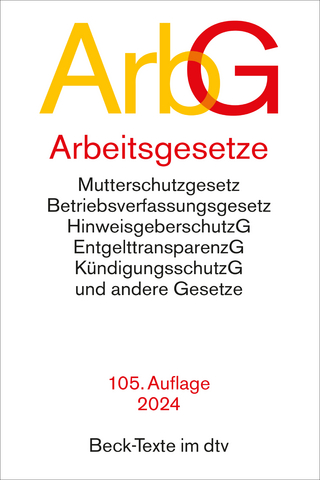
Youth employment programs in Ghana
World Bank Publications (Verlag)
978-1-4648-1579-9 (ISBN)
- Lieferbar
- Versandkostenfrei
- Auch auf Rechnung
- Artikel merken
Unemployment and underemployment are global development challenges. The situation in Ghana is no different. In 2016, it was projected that, given the growing youth population, 300,000 new jobs would need to be created each year to absorb the increasing numbers of unemployed young people. Yet the structure of the Ghanaian economy in terms of employment has not changed much from several decades ago. Most jobs are low skill, requiring limited cognitive or technology know-how, reflected by low earnings and less decent work. An additional challenge for Ghana is the need to create access to an adequate number of high-quality, productive jobs.This report seeks to increase knowledge about Ghana's job landscape and youth employment programs to assist policy makers and key stakeholders to identify ways to improve the programming and effectiveness of youth employment programs and to strengthen coordination among major stakeholders.Focused, strategic, short-to-medium and long-term responses are required to address the current unemployment and underemployment challenges. Effective coordination and synergies among youth employment programs are needed to avoid duplication of efforts while transformation of the country's economic structure is improved. Effective private sector participation in skills development and employment programs is suggested. The report posits interventions in five priority areas, which are not new but could potentially be impactful through scaling up. These areas include: (1) agriculture and agribusiness promotion; (2) apprenticeship (skills training); (3) entrepreneurship promotion; (4) high-yielding areas (renewable energy-solar, construction, tourism, sports, and green jobs); and (5) pre-employment support servicesFinally, with the fast-changing nature of work due to technology and artificial intelligence, Ghana needs to develop an education and training system that is versatile and helps young people to adapt and thrive in the 21st century world of work.
The World Bank came into formal existence in 1945 following the international ratification of the Bretton Woods agreements. It is a vital source of financial and technical assistance to developing countries around the world. The organization's activities are focused on education, health, agriculture and rural development, environmental protection, establishing and enforcing regulations, infrastructure development, governance and legal institutions development. The World Bank is made up of two unique development institutions owned by its 185 Member Countries. The International Bank for Reconstruction and Development (IBRD) focuses on middle income and creditworthy poor countries and the International Development Association (IDA), which focuses on the poorest countries in the world.
| Erscheinungsdatum | 01.09.2020 |
|---|---|
| Reihe/Serie | International development in focus |
| Zusatzinfo | col. figs, tables |
| Verlagsort | Washington |
| Sprache | englisch |
| Themenwelt | Recht / Steuern ► Arbeits- / Sozialrecht ► Arbeitsrecht |
| Recht / Steuern ► EU / Internationales Recht | |
| Sozialwissenschaften ► Politik / Verwaltung ► Staat / Verwaltung | |
| Sozialwissenschaften ► Soziologie | |
| Wirtschaft ► Volkswirtschaftslehre ► Makroökonomie | |
| ISBN-10 | 1-4648-1579-8 / 1464815798 |
| ISBN-13 | 978-1-4648-1579-9 / 9781464815799 |
| Zustand | Neuware |
| Haben Sie eine Frage zum Produkt? |
aus dem Bereich


